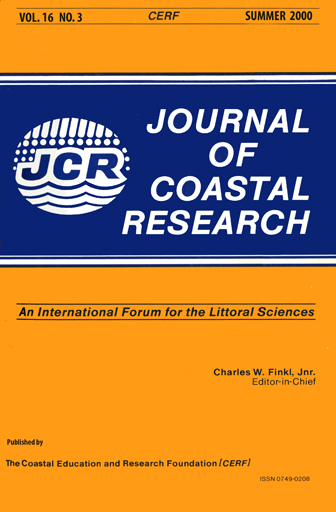Distribution of Surficial Sediment in Long Island Sound and Adjacent Waters: Texture and Total Organic Carbon
Keywords:
Long Island Sound, surficial sediment, grain size, total organic carbonAbstract
The surficial sediment distribution within Long Island Sound has been mapped and described using bottom samples, photography, and sidescan sonar, combined with information from the geologic literature. The distributions of sediment type and total organic carbon (TOC) reveal several broad trends that are largely related to the sea-floor geology, the bathymetry, and the effects of modern tidal- and wind-driven currents.
Sediment types are most heterogeneous in bathymetrically complex and shallow nearshore areas; the heterogeneity diminishes and the texture fines with decreasing bottom-current energy. Lag deposits of gravel and gravelly sand dominate the surficial sediment texture in areas where bottom currents are the strongest (such as where tidal flow is constricted) and where glacial till crops out at the sea floor. Sand is the dominant sediment type in areas characterized by active sediment transport and in shallow areas affected by fine-grained winnowing. Silty sand and sand silt- clay mark transitions within the basin from higher- to lower-energy environments, suggesting a diminished hydraulic ability to sort and transport sediment. Clayey silt and silty clay are the dominant sediment types accumulating in the central and western basins and in other areas characterized by long-term depositional environments.
The amount of TOC in the sediments of Long Island Sound varies inversely with sediment grain size. Concentrations average more than 1.9% (dry weight) in clayey silt, but are less than 0.4% in sand. Generally, values for TOC increase both toward the west in the Sound and from the shallow margins to the deeper parts of the basin floor. Our data also suggest that TOC concentrations can vary seasonally.


